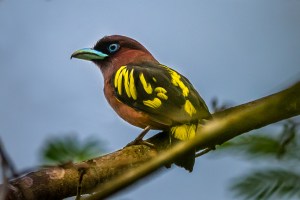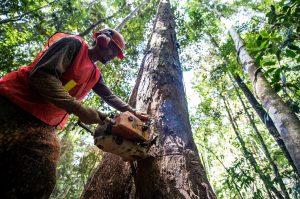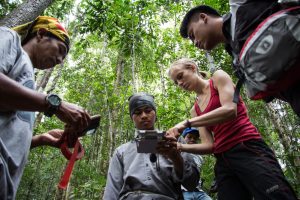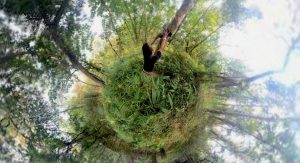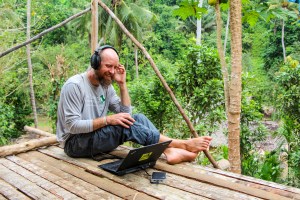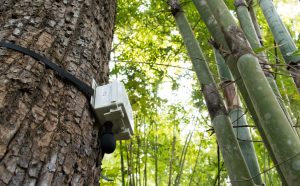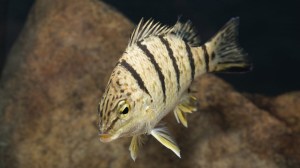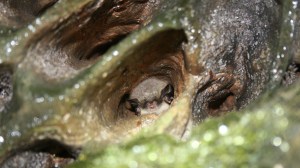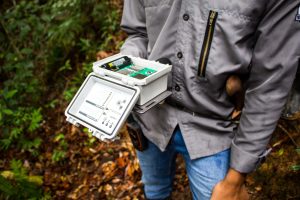Discover stories in Ecoacoustics
Can Listening to Oyster Reefs Help Us Assess Their Health?
University of Texas PhD candidate Philip Souza is using acoustic monitoring to eavesdrop on oyster reefs.
The Logging Industry Can Help Protect Tropical Birds
Well-managed logging concessions can play a critical role in species conservation. A new study quantifies the conservation responsibility of the […]
Listening to Forests After Logging
New research from Borneo shows that the soundscape of a forest changes significantly following selective logging.
What Scientists Can Learn from Sound and Silence
Sound holds the potential to help fill one of the most vexing evidence gaps in conservation: How do we know what we're doing is actually working?
Deciding the Fate of Myanmar’s Forests
After decades of overharvesting, Myanmar’s forests teak are at a crisis point. But with recent political change comes great opportunity.
A Q&A with Eddie Game: How Acoustics Are Changing Conservation
Conservancy scientist Eddie Game explains how acoustics could revolutionize conservation data collection.
Six Ways Sound Data Is Changing Conservation
The world is a noisy place — and scientists can use that sound to help protect wildlife and wild places.
What Does the Fish Say?
Some fish species use sound to communicate, and these vocalizations could be key for scientists studying both fish and their freshwater ecosystems.
Threatened Bats Find a Slice of Paradise in New Jersey
Protected forests, like the one at High Mountain Preserve and others yet to be found, give bats that were devastated by white-nose syndrome room to reproduce and recover.
Forest Soundscapes Hold the Key for Biodiversity Monitoring
New research from Nature Conservancy scientists indicates that forest fragmentation drives distinct changes in the dawn and dusk choruses of forests in Papua New Guinea.
Bioacoustics Reveal How Biodiversity Changes Across Borneo’s Logged Forests
The Nature Conservancy’s Indonesia program is using bioacoustics — first tested in Papua New Guinea — in Borneo, where they will use forest sounds to understand how biodiversity changes with different land use types across East Kalimantan.
Noise Pollution is Pervasive in U.S. Protected Areas
New research shows that human-created noise pollution is pervasive across protected areas in the United States.

